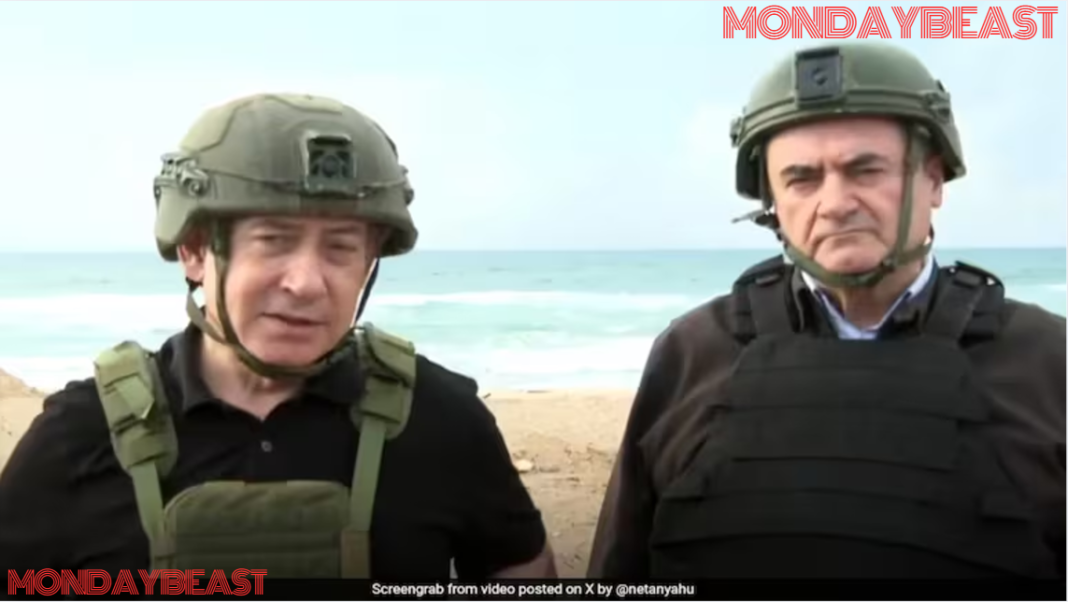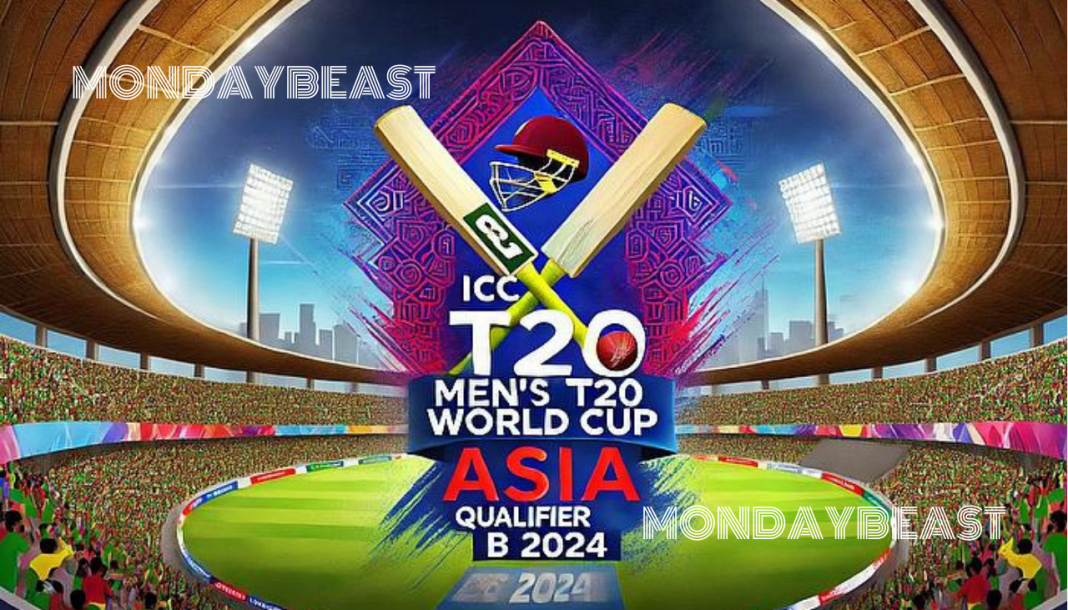The recent visit by Israeli Prime Minister Benjamin Netanyahu to Gaza has sparked intense debate. What are the implications of such a high-stakes trip? As tensions rise and lives hang in the balance, one question remains top of mind: what will happen next?
Netanyahu’s visit was striking for its rare occurrence amidst ongoing conflict. Wearing a battle vest and helmet, he stood firmly at Gaza’s shoreline. Speaking directly to the camera, he declared, ‘Hamas shall not return.’ This sentiment was echoed in his call for the end of Hamas’s rule in the enclave. It was a statement meant to reassure both Israelis and his hardline supporters.
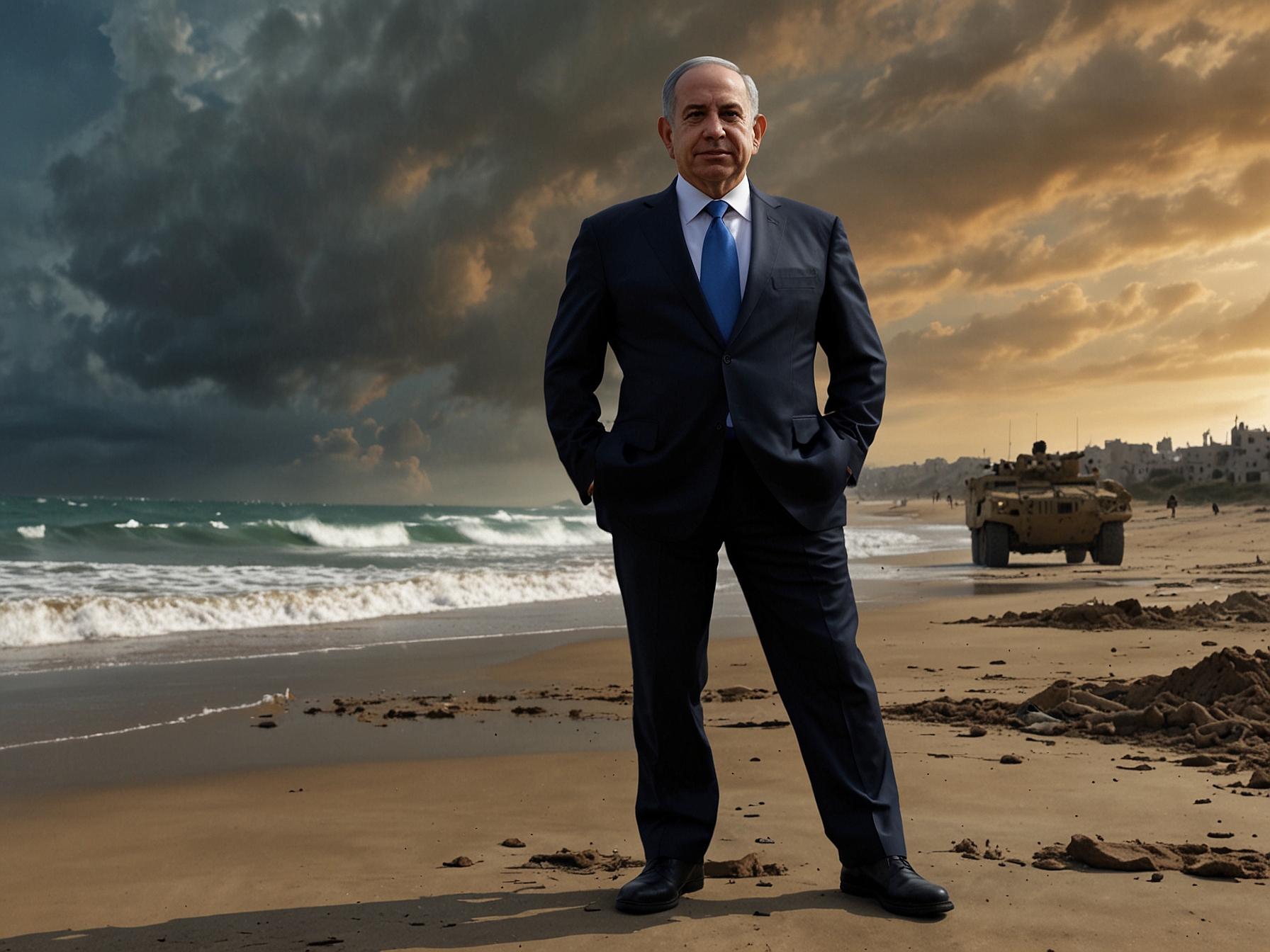
The plight of Israeli hostages remains a significant part of this narrative. There are still 101 individuals unaccounted for. Netanyahu emphasized the urgency of bringing them home, even offering a staggering $5 million reward for each. This was not just a political gesture; it was a personal plea wrapped in urgency and hope.
Yet, the backdrop of this visit cannot be ignored. The war ignited by Hamas’s brutal attack in October has seen more than 1,200 Israeli casualties. The scale of tragedy, with over 44,000 reported deaths in Gaza, leaves many questioning the consequences of military action. Is revenge the answer? Or are there more profound solutions we need to seek?
Israel has vowed to annihilate Hamas completely. Many see this as an opportunity for lasting peace. But does peace come at any cost?
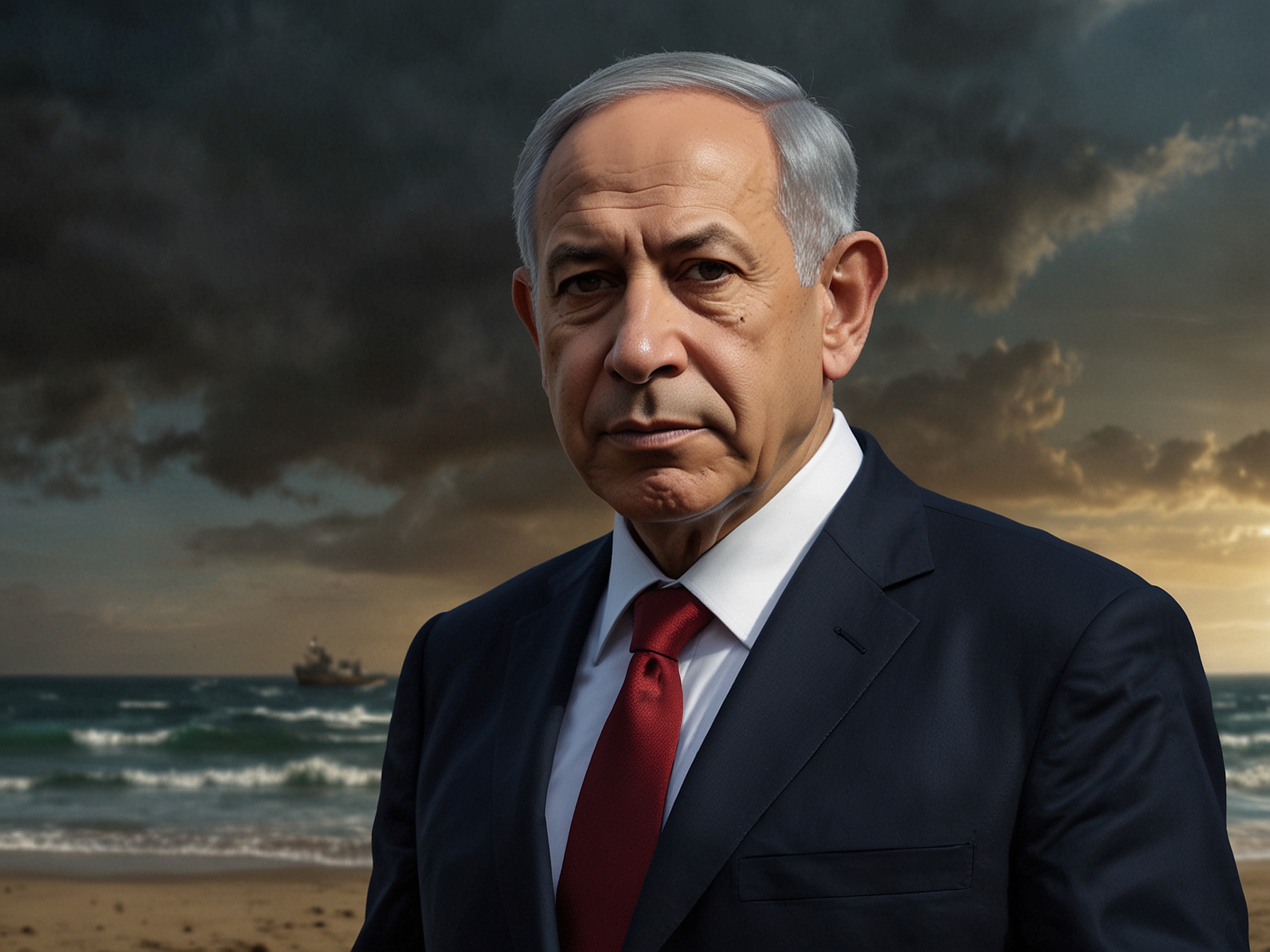
The international community remains divided on the issue. Some view Hamas as a terrorist organization, while others see them as heroes of Palestinian statehood. This dichotomy brings forth challenges; the debate is deeply entrenched in personal beliefs and geopolitical strategies.
Netanyahu’s firm stance comes with risks. What about those who view this as a quest for power rather than justice? Can a cycle of violence truly lead to resolution? The fears of collateral damage weigh heavily on every decision.
As Netanyahu spoke of his intentions to ‘get the hostages back,’ hearts across the world beat in unison with a mix of hope and despair. The people of Gaza, too, are living through unprecedented hardships. Is there room for dialogue amid the rubble that remains?
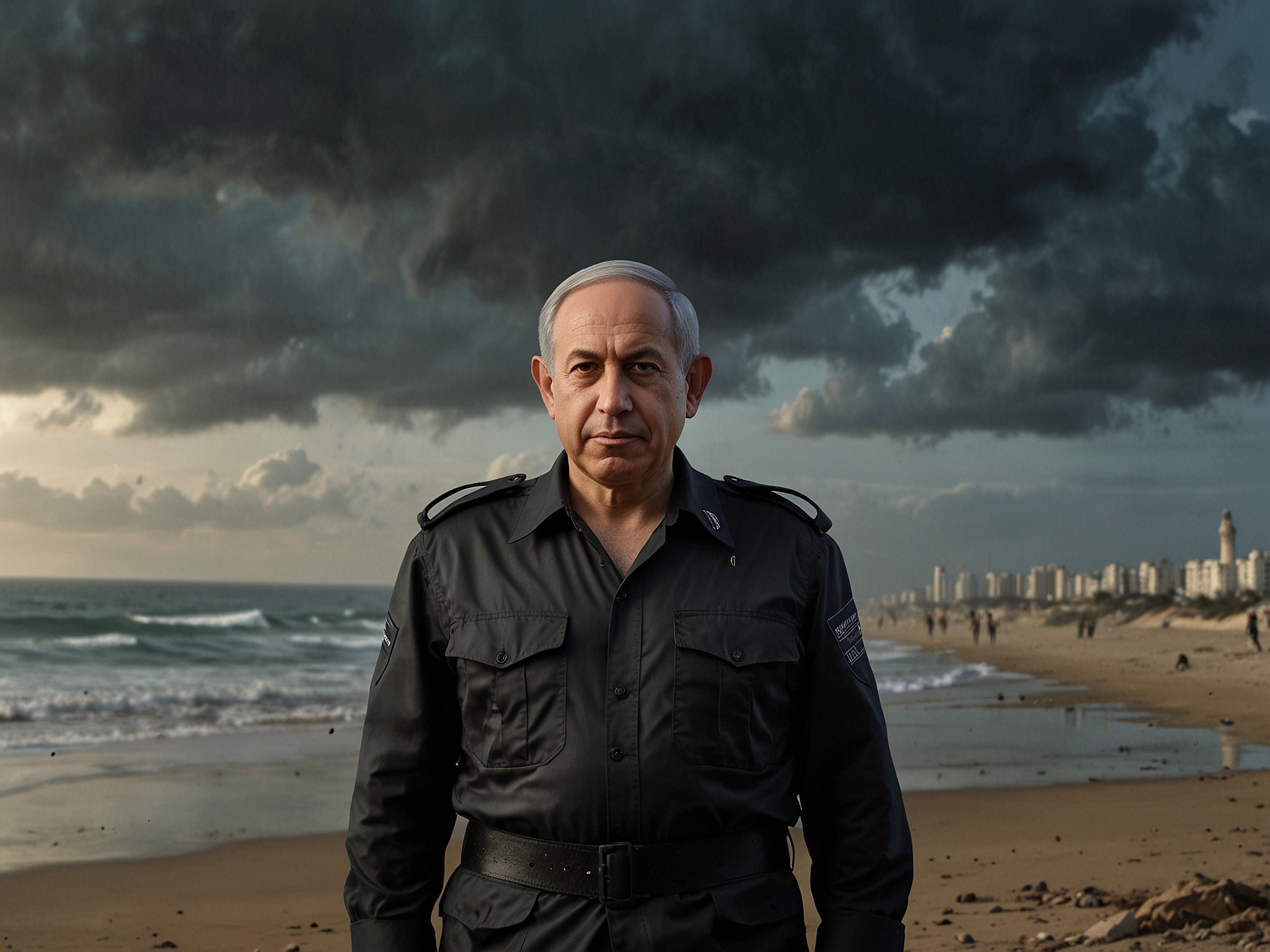
There’s a deeply human angle here. On both sides of the conflict, there are families torn apart by the brutality of war. In Gaza, the cries for food, water, and safety resonate louder with every passing day. Similarly, the anguish of those waiting for loved ones in Israel is palpable.
In the aftermath of the visit, what can we expect? The strategic moves made by leaders can have lasting impacts. How will they address the nuances of suffering? Will future generations inherit a legacy of peace or ongoing conflict?
As citizens, we must ask ourselves: How does this end? The answers aren’t easy. We cannot forget the stories behind the headlines. Each statistic represents lives changed irrevocably.
In conclusion, Netanyahu’s visit was more than just a flyover campaign. It was a reflection of contrasting narratives in an ongoing saga that defines the region. Ultimately, every action has consequences, from military strategy to humanitarian concerns. It leaves us pondering, where do we go from here?

